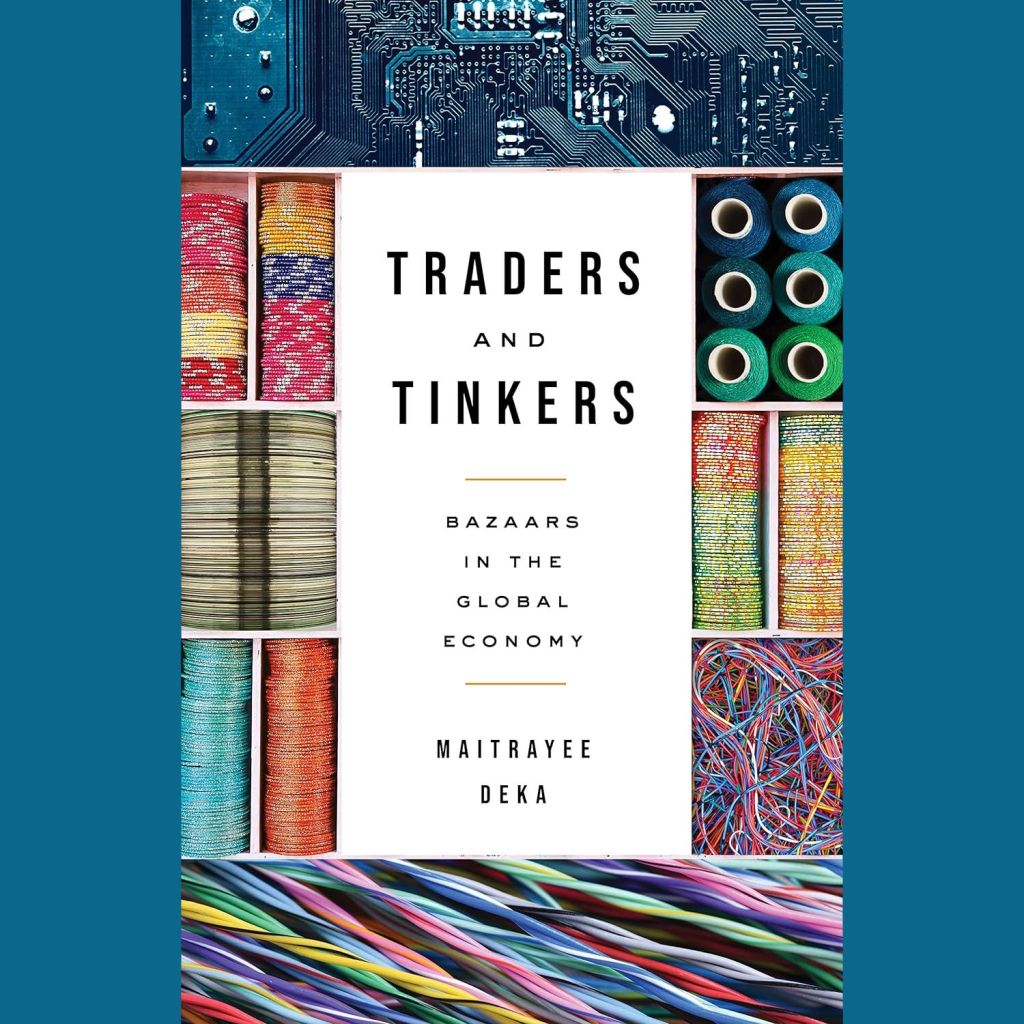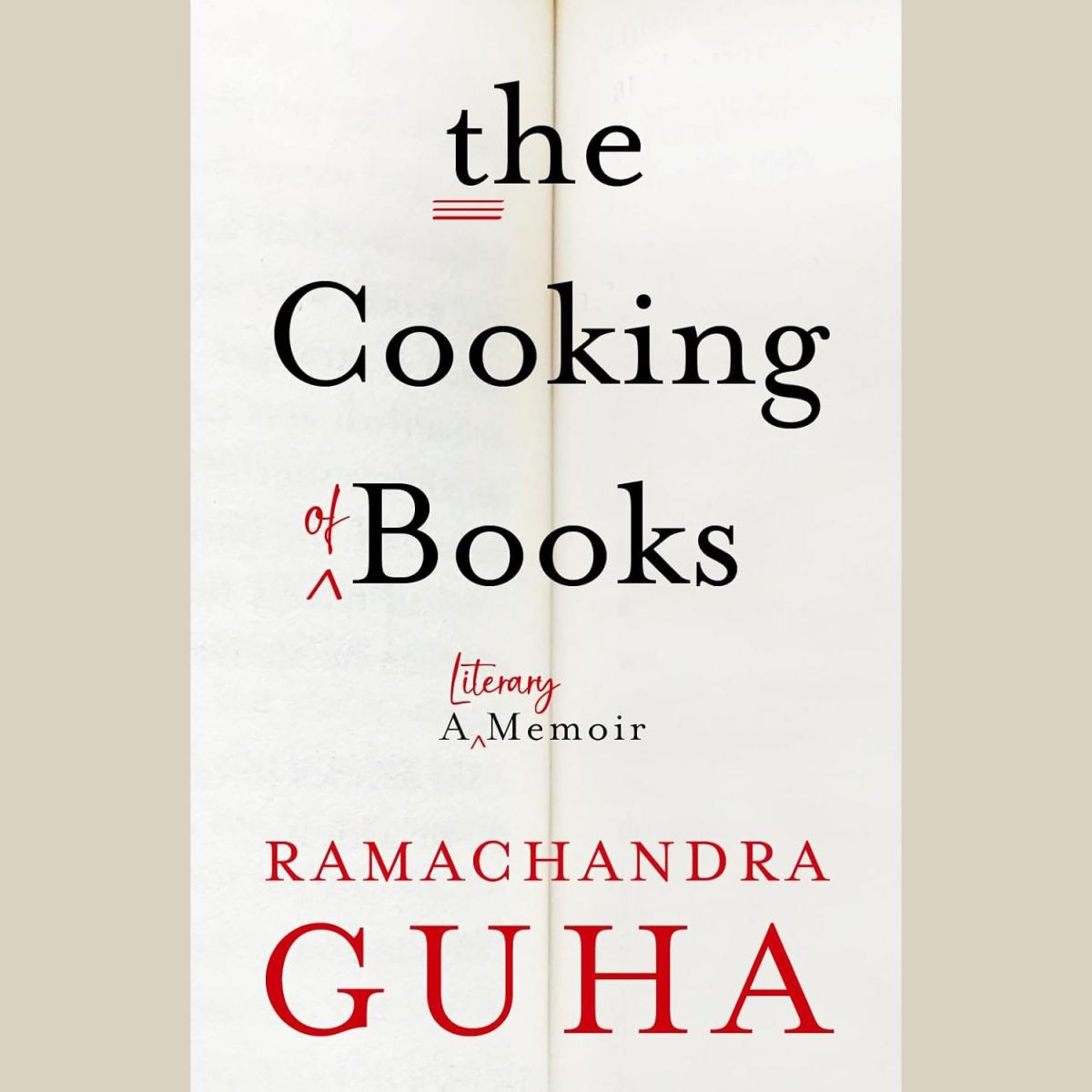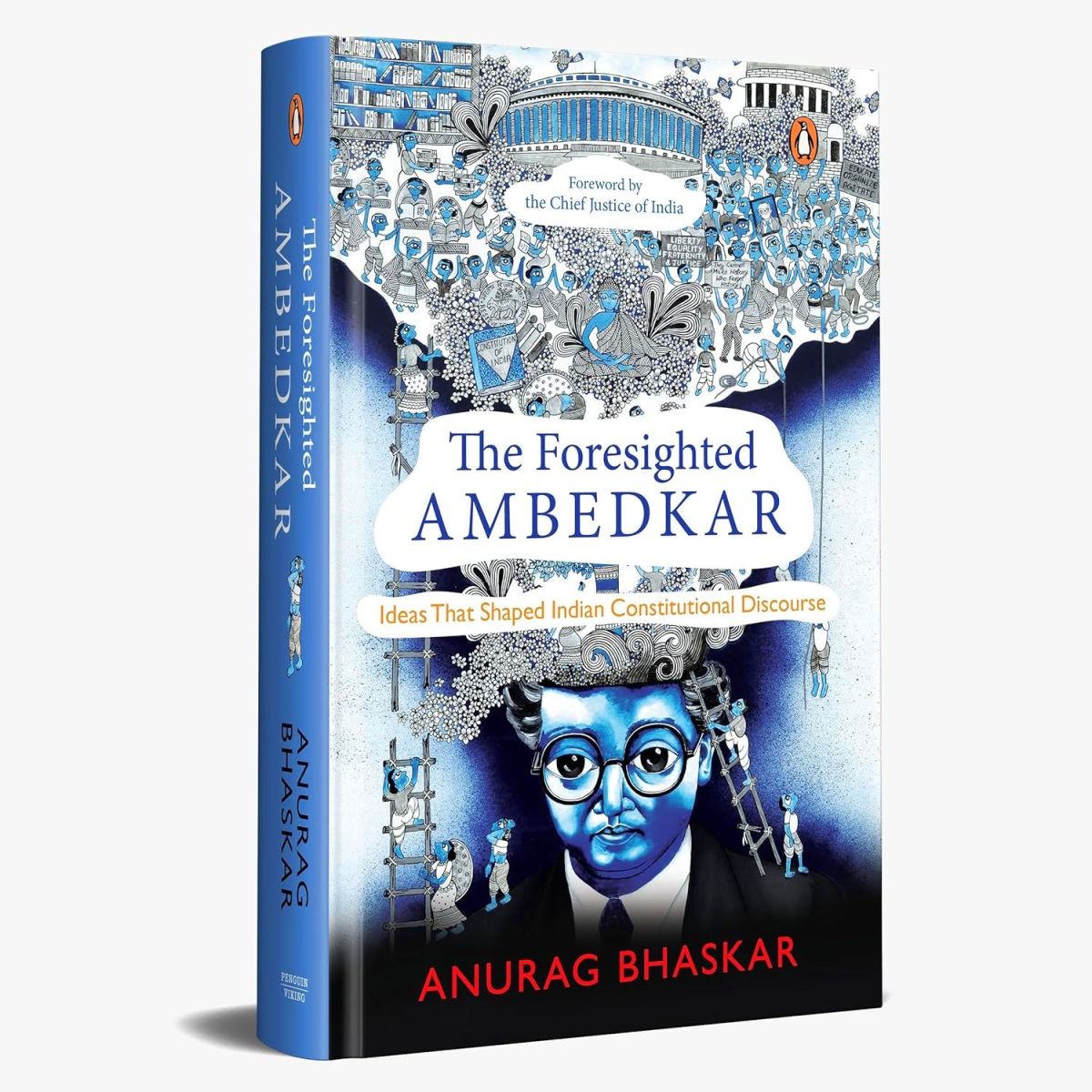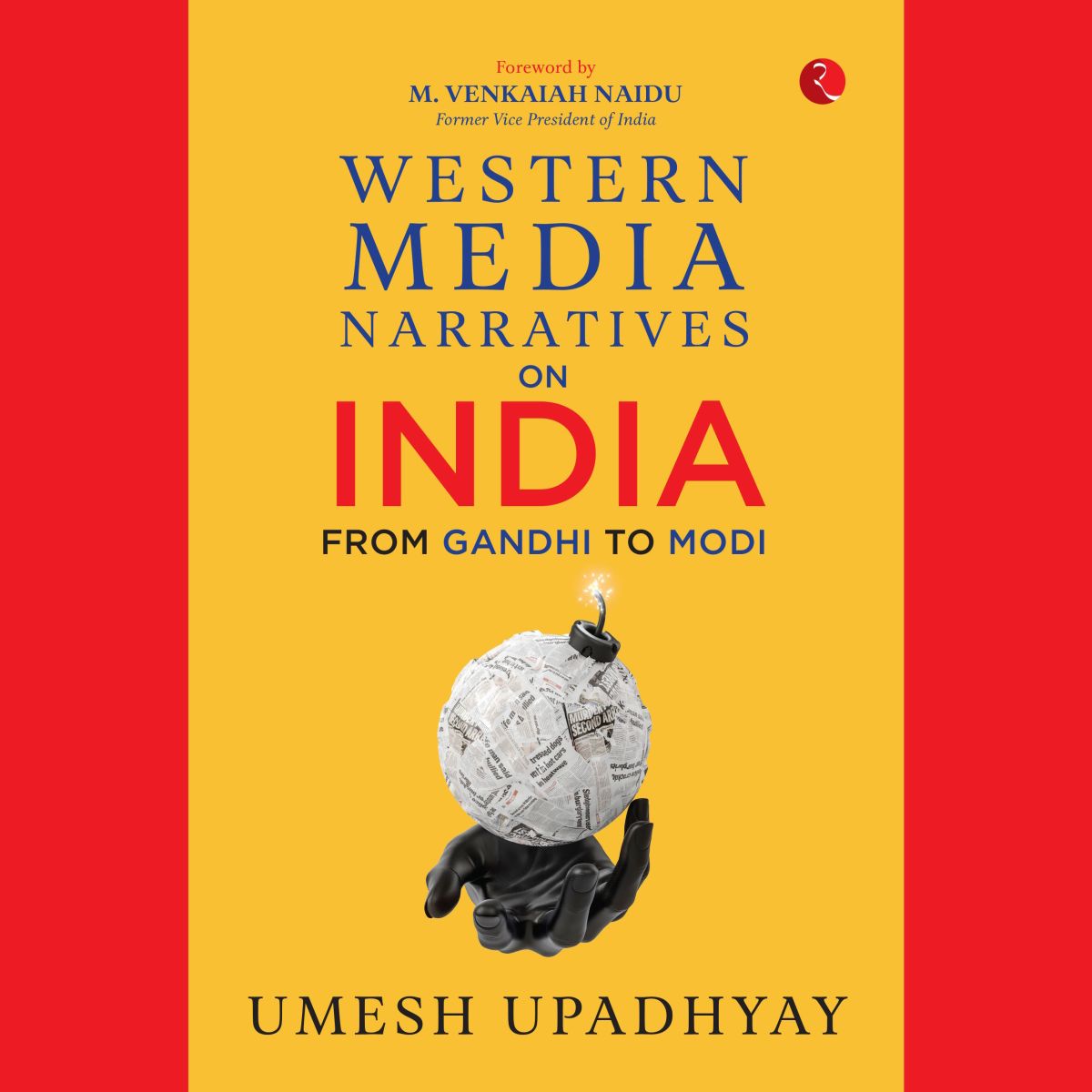Some young shoppers – a generation of people brought up on a steady diet of Amazon, where just about anything and everything in the world can be ordered at the click of a button and delivered to your home the next day – might never have known the magic of trawling the narrow lanes of an old-world bazaar. Unlike the anodyne experience of opening an online shopping app on your smartphone, these bazaars offered a charming medley of sights, sounds and aromas. Conversations over cups of chai. A bit of good-natured haggling over prices. The satisfaction of finding a good bargain. And the happiness of trudging back home with treasured packets and parcels that would gleefully be opened by loved ones, often with exclamations of joy.
Of course, bazaars of all kinds still exist all over the world and despite the proliferation of air-conditioned malls and consumers’ growing propensity for online shopping, these will hopefully continue to thrive in some form or the other over the next many decades. But how have these bazaars adapted and improvised in recent years? In what ways have they had to change, in order to keep pace with changing consumer behaviour? And what role can they play in the modern global economy? Dr Maitrayee Deka, a senior lecturer in Sociology at the University of Essex, in the UK, has answers to these questions in her book Traders and Tinkers: Bazaars in the Global Economy. For this, she studied a selection of bazaars in Delhi – making multiple visits over many years, talking to local traders and shopkeepers – and subsequently wrote this book, which is a very interesting read for anyone interested in the phenomenon of such bazaars and how they continue to thrive even today.
‘The term ‘tinker’ calls to mind nomadic medieval vendors who operate on the fringe of formal society. Excluded from elite circles and characterized by an ability to leverage minimal resources, these tradesmen live and die by their ability to adapt their stores to the popular tastes of the day. In Delhi in the 21st century, an extensive network of informal marketplaces, or bazaars, has evolved over the course of the city’s history, across colonial and postcolonial regimes. Their resilience as an economic system is the subject of this book,’ says the publisher’s note. ‘Today, instead of mending and selling fabrics and pots, these street vendors are primarily associated with electronic products—computers, cell phones, motherboards, and video games. This book offers a deep ethnography of three Delhi bazaars, and a cast of tinkers, traders, magicians, street performers, and hackers who work there. It is an exploration, and recognition, of the role of bazaars and tinkers in the modern global economy, driving globalization from below,’ it adds.
BooksFirst had an opportunity to ask Dr Deka a few questions in the context of Traders and Tinkers and this is what she had to say:

BooksFirst: How did the idea of writing a book on local bazaars come about? What were the reasons for focusing only on Delhi, and more specifically, on Lajpat Rai Market, Nehru Place and Palika Bazaar?
Dr Maitrayee Deka: As a sociologist, I am fascinated by urbanism and ordinary life, particularly in South Asia, where the visceral aspects of cities and their myriad lives throb with a dynamism that rarely features elsewhere or, even if it does, seldom has the heterogeneity and intensity of things and people. And, of course, technology that I find intriguing, mainly how it sticks to our day-to-day lives in ways that cannot be straight-jacketed as deterministic or completely benign—I am intrigued by the chaotic zones or rather how everyday life gets entangled with technological artefacts.
The choice of Lajpat Rai Market, Nehru Place, and Palika Bazaar came from initial suggestions from the bazaaris. I first visited Palika Bazaar, and traders there suggested and spoke to many of their contacts in the wholesale market Lajpat Rai, which came about as an organic addition. Finally, I was introduced to street vendors peddling media goods on the pavements and in shop corners in Nehru Place. I wanted an extensible view of Delhi’s street-level video game economy. As such, Palika Bazaars allowed me to track the retail side of face-to-face commerce, Lajpat Rai, the wholesale economy and also its links to neighbouring states, and Nehru Place was an exploration of the most disenfranchised category of young men who were earning an income by exhaustive emotional work of shouting out to consumers. The three marketplaces helped me to examine small to mid-scale traders and street vendors who catered to the city’s non-elite actors of middle to lower-level consumers and the urban poor who came to these marketplaces to buy second-hand, knock-offs and recycled video games the main media product I was tracking through my research.
You’ve mentioned in the book that you started your fieldwork back in 2012 and continued to visit the three bazaars thereafter, for short periods. What are some of the biggest social / cultural / economic changes that you observed in the last 10 years?
The most significant change I observed in the last ten years is the type of product sold and the rhythms of commerce. As far as the first observation goes, when I first started frequenting the marketplaces, there was far more variety of products—for example, at a shop desk in Lajpat Rai Market, you saw Chinese PVPs, Sony PSPs, cassettes, locally manufactured and second-hand consoles apart from DVDs and CDs of different games. Now, most shops are not as inundated by goods, and if they were, which is the case of Palika Bazaar, they have mainly company products such as the latest models from Nintendo and X-Box. Stocking the newest company products in the shop is not all for direct consumers; they are stocked in the shops to be later sold online via social media marketplaces.
In India, with the coming of glitzy, air-conditioned shopping malls in the 1990s, followed by the explosive growth in online shopping in the 2010s, how does that affect old-world bazaars – will those see a major decline in the coming years? Would you agree that shopping was perhaps a more emotion-led experience for older generations, while it’s purely transactional for younger people, which doesn’t bode too well for old-fashioned bazaars?
There is no point denying that the face-to-face marketplace is not our primary means of getting consumer items. Most people are likely to buy things online at some point. Yes, this impacts the shopping experience as traders point out that they miss some of the dense social interaction. They lament the richness of conversations and spending time with each other; now, they note even those helping at the shops as an assistant in their free time will look at their smartphone rather than talk and interact.
More than before, there is a race to get consumers first at their convenience rather than wait for them to reach out to you. So, bazaar actors have become another door-to-door supplier alongside Amazon, Flipkart etc. In some cases, the physical stores are now warehouses where traders stock their products, which are then home-delivered through purchases made on social media platforms such as WhatsApp and Facebook through an internet-based payment system.
The fascinating thing is that while there is a decline in face-to-face consumers in the bazaars, the din and bustle continues. Now we realise even more strongly how much bazaars feature as working-class intellectual and social places. My current work in marketplaces in Delhi and the Whitechapel market in London looks at precisely this element. The telling point was that even during the height of the pandemic, street vendors still came to Nehru Place as they said they did not know what to do with their time. Seeing bazaars as economic places, we forget how much they order ordinary life, whereby coming to the marketplace sets the day up for conversations and sociality that would not be possible online for the simple reason that you are not meeting as diverse an urban audience who is probing and challenging your viewpoints from politics to food and economics decisions. Although on the decline, a step in the bazaar means that you are coming for a chat, and depending on how much time is on your hands, you can spend quite a while over cups of tea.
Things like bargaining / haggling over prices, jugaad and the gray-market availability of pirated, non-genuine articles (often at a small fraction of the cost of the real thing) are a common mainstay of some bazaars like Palika and Nehru Place, whereas these elements are, for the most part, eliminated in the online shopping experience, especially from well-established marketplaces like Amazon. How do you think that affects the bazaar-vs-online battle, especially in the Indian context?
The sentiment towards the fierce competition from e-commerce platforms has ranged from despair to a position of reluctant acceptance. I have had traders who, in 2014, froze when I uttered the term “online”. Their face fell, and I could see a visible sense of despair. Their complaints range from dystopic visions of completely getting wiped out to conspiring how to face online commerce somehow. In the initial years of feeling the pressure from e-commerce platforms and what appeared to be a regime of scrutiny and regulations, traders felt out of sorts as they needed to learn how to reconcile marketplaces selling gray products with rating-dominated platforms. Soon, they realised that the so-called transparent platforms also sold items that didn’t fall under the strict category of original and company products. eBay and others introduced a bazaar-like marketplace where one sold old, new, counterfeits and recycled goods. Not only are e-commerce platforms delivering to doorsteps, but they are also selling items that are a bazaar staple—knockoffs and secondhand at low prices.
More recently, there has been an unsaid agreement where bazaars are mimicking e-commerce platforms. This is happening in two critical ways. Some bazaar traders are registered as vendors on e-commerce sites and upload products from their shops to target online shoppers. The other is the more innovative way to target their networks via WhatsApp groups and Facebook pages. They are running their type of platforms whereby customers see the items listed on their Facebook pages and WhatsApp feeds, inform the traders about their choices, and the transaction happen through digital payment systems.
The face-to-face component of commerce has dwindled. The crowd is still visible, people buying items other than video games and doing timepass in the marketplaces. In effect, bazaars are, by all definitions, a hybrid space. There is a physical presence whereby traders and shop assistants remain at their regular places. They attend to the consumers that come to the shop, but most of the time, they are busy handling their online profiles by updating the inventory at the shop and completing deals online. The group that has found it most challenging to have a hybrid presence, except for the highly skilled ones, are the street vendors. As a large part of their job is to attract consumers’ attention and then direct them to other traders and repair persons, they only have a little to gain from having an online presence. Over the years, a few ingenious ones have trained in digital repair, and they are sailing the wave of the lockdown economy when more and more customers now prefer even things that were previously in the physical marketplaces, such as laptop repair, now done virtually through apps and get technical guidance over the phone. Other street vendors with no such skills wait for customers. Even on days when business is lacking, the marketplace is where they meet their peers and share stories, food, and drinks, and they need to learn how to replicate the everyday and dense socialite in the four walls of their homes.
Are you an ardent reader and do you get to read a fair number of books every year? What kind of books do you like to read? Any favourite authors? Would you like to list the three best books you read in 2023, and the three that you definitely want to read this year?
I read widely and often do not stick to a specific genre. I will pick fiction of different kinds, from science fiction to mysteries, but my favourite is the ‘stream of consciousness’ type of work I enjoy reading and writing. I also read a lot of poetry apart from scholarly work, which I keep up as much as possible. I read slowly; it depends on where my mind is. At the moment, I am reading Shailaja Paik’s The Vulgarity of Caste, Proust’s In Search of Lost Time, Volume I, and Emily Berry’s Dear Boy. I am alternating between these three books on most evenings.
There are many authors whose work I admire, but listing only some would be unfair. But I have a soft spot for Russian, South American and Norwegian authors, all in translated work, Italian poet Patrizia Cavalli’s work in particular and Assamese authors, my mother tongue, where there is a resurgence of historical fiction in the works of Rita Chowdhury and others.
Last year, I enjoyed reading Courting India by Nandini Das. For scholarship, historical work is truly grounding to see the present in new ways, and the obviousness and invincibility of things shift as one discovers things could have been entirely different and opens the space for negotiation. Another favourite was Pond by Claire Louise Bennett and Sugandhi Pokhila by Hiren Bhattacharya. It is not a new book; I only read it last year after I bought a copy at the Guwahati Book Fair.
With the publisher’s permission, here is an excerpt from Traders and Tinkers: Bazaars in the Global Economy
In most shops in Delhi’s electronic bazaars, a few unopened video game consoles are strategically placed in the shop. Usually, these items are inside glass cabinets at the eye level of buyers. Sometimes unopened consoles are at the front of the counter where they have maximum visibility. Branded products such as Sony PlayStation, Microsoft Xbox, and Nintendo Game Boy are not the most popular products in Delhi’s bazaars. If it were up to the traders, they would like to sell many more of these original products. They face stiff competition from malls and franchises centrally located to attract middle-class consumers and the city’s elite. A few original consoles target the unusual moneyed buyer who visits the marketplace to buy original games.
Companies provide a 10 percent discount to the traders on branded products. The expectation is that if a consumer is buying an original product, they will pay the posted price. But this is not the case. Even with branded products, bazaar buyers like to get a good deal that they would probably not expect if they were buying in a shopping mall or a formal franchise shop. After all, the reputation of bazaars is such that no price is final until both parties have had their say. With a 10 percent margin, traders do not mind settling on a price a little lower than the posted price. The difficult part is to find that unique buyer who is ready to spend at least ₹5000 or more to buy a brand-new gaming console. The pricing calculus otherwise for company products is simple. With a reasonable profit margin, both parties settle on a price amicably, and not much energy is spent to establish the going price or to bargain to the last penny.
Price Setting for Secondhand Products
One type of goods that find a place in bazaars worldwide is secondhand products. Something old and unusable manages to secure a spot among desirable goods. Used electronics and household items are part of the product range in mass marketplaces. Selling secondhand connects bazaars to a unique consumer group that might not be welcome in elite consumer places as these places are hardly likely to have items in their shop windows and other areas of the shop in various stages of wear and tear. In bazaars, though, the scene is different. Secondhand DVDs, consoles, and games will be in the same cabinet as brand-new items. Beverly Lemire (1988, 23) writes about how the popular classes took to secondhand clothes and household products as early as pre-industrial England and among laboring classes in 1700. A motley bunch of “working people, from coal heavers to office clerks, from shopkeepers’ wives to servants” started buying consumer products not as brand-new items but as something that had already had their run in affluent homes.
Lemire makes an astute observation about how the purchase of secondhand products is intimately connected with the far-reaching impact of consumer goods in modern societies. Not everyone has the money to buy new products, but the desire for consumer goods runs across all social classes. The monetary gap is the reason why popular classes globally prefer secondhand products. Thrift shops and vintage goods have become attractive to middle-class consumers. But the quality and style that upscale vintage shops curate differs from the secondhand products sold in mass marketplaces. Lemire focused on the sale of shoddy goods and rags in eighteenth-century England. In twenty-first-century mass marketplaces, secondhand goods have a similar reputation of being of an inferior quality. The push to buy secondhand games, for instance, comes from the possibility of striking a good bargain and not having to spend a huge amount of money. In Delhi, buyers come to the bazaars to buy secondhand gaming consoles and DVDs of used games. The traders and street vendors use various tactics to make the secondhand products appear brand-new, whether by repackaging a game or putting new price tags on the games’ cover. These measures do not necessarily lead the buyer to guess the original price of the product wrongly. The buyers of secondhand games are aware of the selling price of a brand-new DVD. The packaging does not fool an experienced buyer into thinking of a used game as brand-new. Such tricks can at most fool an inexperienced buyer.
Traders go to great lengths to create a web of “deceits” to target occasional buyers who do not have an estimation of the price of secondhand goods. In such situations what deceives the buyer is the new packaging with cellophane. There have been cases when an inexperienced buyer bought a secondhand DVD at the original price. The situation is different for experienced buyers. They have information about the release date of the new version of a game and its maximum retail price. With the DVDs as well, there is a clear idea among the regular buyers about the popularity of a specific franchise and how much time it will take to reach the marketplace. For instance, what impacts the price of a secondhand product is the possibility of having it in the first weeks of its release. The traders can ask for a heftier price for fresh secondhand products. The short time lapse advantages the trader as they know that most avid gamers do not have enough money to buy brand-new DVDs, but they definitely have an appetite for new games. In a week or two of a game’s release, avid gamers reach bazaars like Palika to inquire about the prices of used DVDs. And in most cases, sellers cut a good deal and secondhand games quickly disappear from the shelf.
The general assumption is that secondhand items would not sell for more than the price at which the product was sold brand-new. Therefore, the margin of price negotiation is between the amount that the trader spent to buy it from the first consumer and the amount at which he sold it to the second consumer. Depending on the results of the backstage negotiation to acquire a used console or DVD, the trader can offer a lucrative asking price to the next buyer. Even regarding secondhand goods, the ultimate price rests with the bargaining process. The trader would not go below the buying price of a secondhand DVD. He would try to make a profit of at least 5 to 10 percent. This is why it is essential to keep the buying price in mind, as no matter how much both parties are willing to bargain, the trader would not sell a product at a loss. There have been numerous instances where the trader has withdrawn from the bargaining process as the price offered by the buyer did not cover his expenses of getting the product.
Excerpted from Traders and Tinkers: Bazaars in the Global Economy by Maitrayee Deka, published by Stanford University Press, ©2023 by Maitrayee Deka. All Rights Reserved.
Traders and Tinkers: Bazaars in the Global Economy
Author: Dr Maitrayee Deka
Publisher: Stanford University Press
Format: Hardcover / Paperback / Kindle
Number of pages: 248 / 248 / 229
Price: Rs 9,471 / Rs 2,659 / Rs 2,526
Available on Amazon









